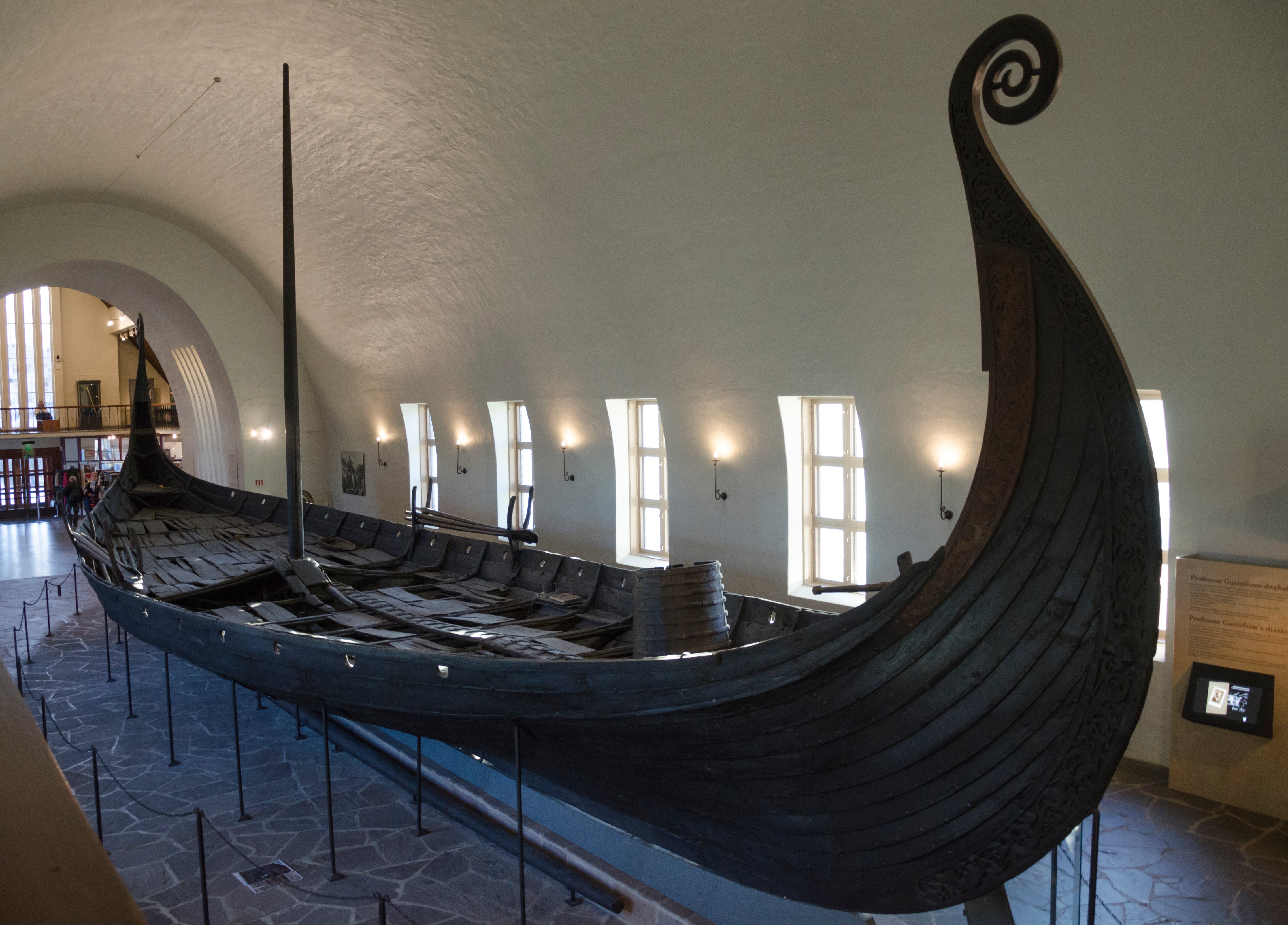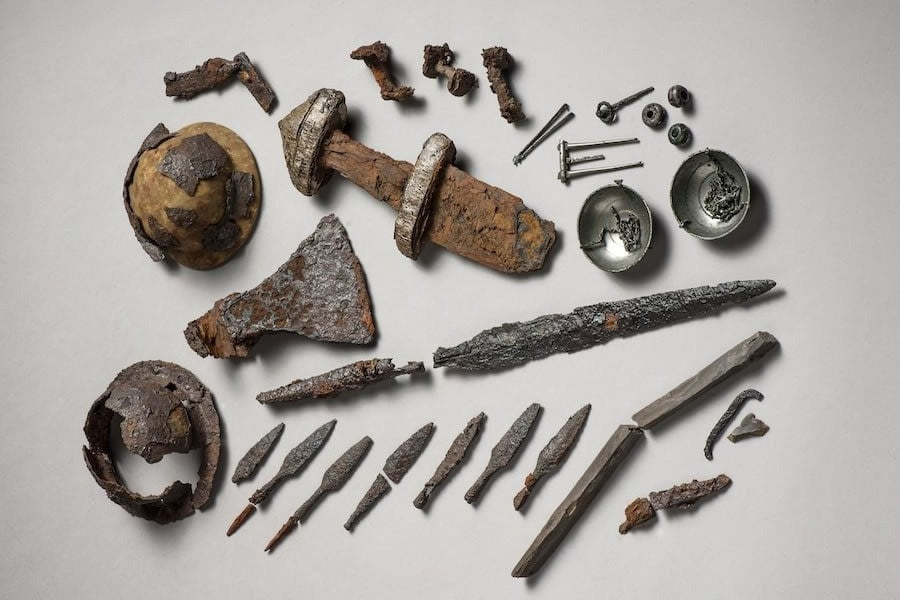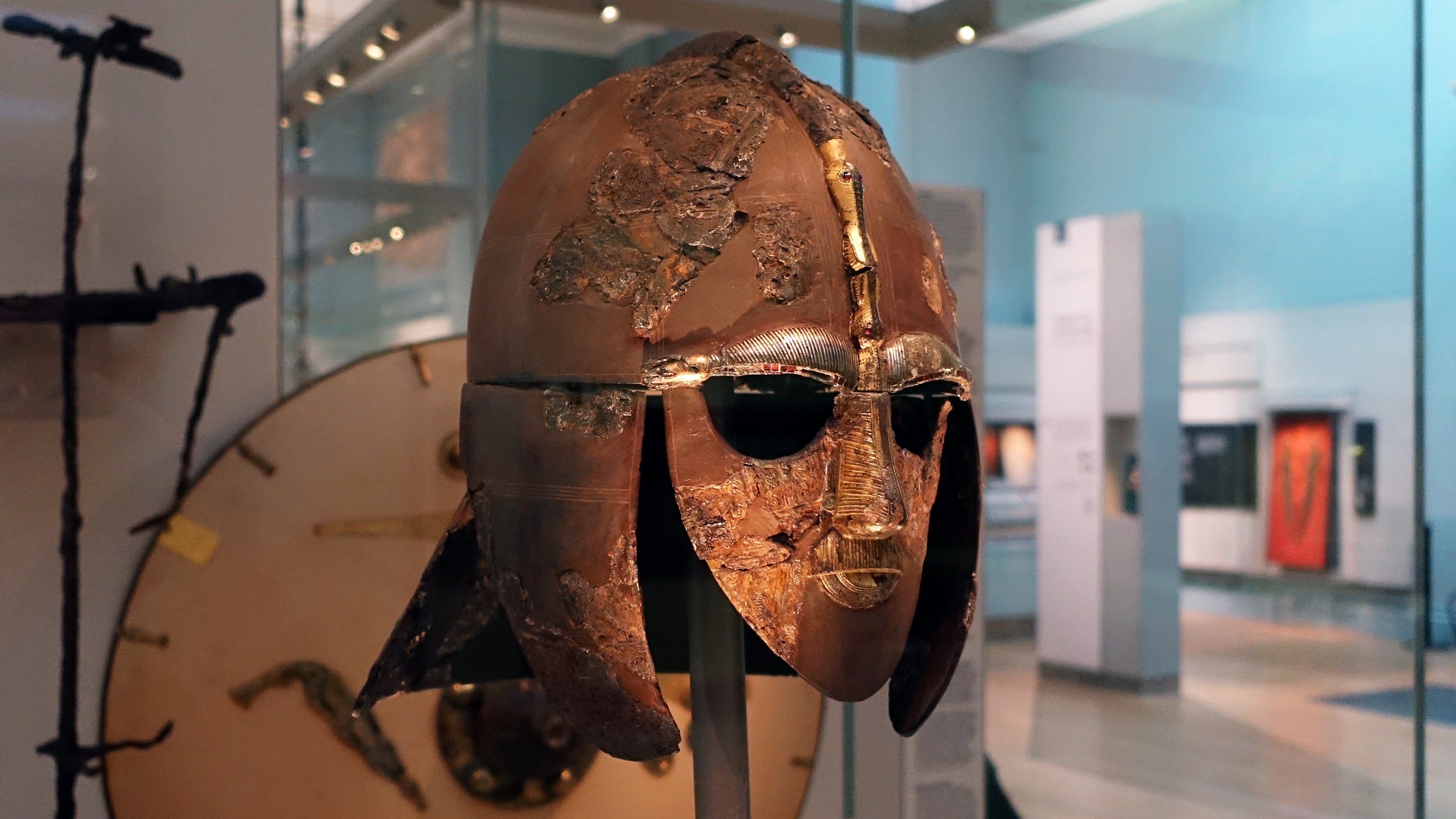
Oseberg's Lost Viking Ship Reclaimed from the Depths
Imagine the time when Vikings dominated the seas and shorelines – their longships slicing through waves like pointed steel in butter, and their dragon prowl soaring against the wind. For these seafaring warriors, death was not an end but the mere passage to the next realm. Among those with high status, their journey to the afterlife were marked by elaborate funeral rituals that still dot the lands and steeped beneath it.
The Discovery That Shook the Archaeological World
In 1904, a farmer's plow struck something unusual in the Oseberg farmlands of Norway. Little did anyone know that this chance encounter would unveil one of the most remarkable archaeological finds of the Viking Age – a nearly intact ship burial, complete with a wealth of artifacts and the remains of two women, one presumed to be a high-ranking Norse queen.
Unraveling the Mysteries of the Burial Mound
The Oseberg Excavation
The Magnificent Ship and Its Treasures
As the excavation progressed, a stunning sight emerged: a 21-meter-long (69 feet) Viking ship, carefully dismantled and buried beneath a mound of soil and stones. But that was just the beginning. Within the ship's hull lay an astonishing array of treasures, from intricately carved wooden sleighs and carts to textiles, household items, and even a ceremonial wagon – all meticulously preserved by the peat-rich soil.
Reconstructing the Lives of the Buried Elite

The Oseberg Wagon.
The grave goods offered tantalizing glimpses into the lives of the two women interred in the ship. One, believed to be a powerful queen or chieftain, was laid to rest with an array of fine jewelry, gaming pieces, and a ceremonial sledge – suggesting her high status and potential role as a priestess or shaman. The other woman, possibly a servant or companion, was buried with her own set of personal belongings, hinting at the complex social hierarchies of the time.
The Excavation: A Delicate Dance with History
Preserving the Fragile Remnants of the Past

Animal Head Discovered in the Oseberg Ship
Unearthing the Oseberg ship burial was no simple task. Archaeologists had to contend with the fragile state of the wooden artifacts, which had been preserved by the acidic soil but were now at risk of disintegrating upon exposure to air and light. Every step had to be calculated, every object handled with the utmost care.
Innovative Techniques and Painstaking Efforts
To safeguard the treasures, pioneering techniques were employed, such as coating the artifacts with a special lacquer to prevent them from crumbling. Intricate puzzles of wood fragments had to be painstakingly reassembled, revealing the incredible craftsmanship of the Old Norse artisans. It was a race against time, but one that archaeologists were determined to win.
Insights into Viking Society and Culture

The Oseberg Ship
Women's Roles and Status in the Viking World
The Oseberg ship burial shattered long-held misconceptions about the role of women in Old Norse society. Here was evidence that women could hold positions of power, wealth, and prestige – a far cry from the stereotypical image of a Old Norse women as mere homemakers. The grave goods and the ship itself suggested that this queen was not only revered but also a skilled leader and, perhaps, a spiritual guide for her people.
Craftsmanship and Artistry of the Viking Age

Oseberg Ship prowl
Beyond the insights into gender roles, the Oseberg artifacts revealed the incredible artistry and craftsmanship of the Viking Age. From the intricate carvings on the sleighs and wagons to the finely woven textiles, every object was a testament to the Norsemen's mastery of their craft. It was as if the buried treasures had been frozen in time, preserving a vibrant culture that had long been overshadowed by tales of plunder and conquest.
The Oseberg Ship's Journey to the Museums

Moving the ship on rails to its current location at Bygdøy, September 1926.
Unveiling the Oseberg Collection at the Viking Ship Museum
After years of painstaking excavation and preservation efforts, the Oseberg ship and its treasures found a permanent home at the Viking Ship Museum in Oslo, Norway. Here, visitors can marvel at the reconstructed ship, its intricate carvings and enigmatic symbols offering a glimpse into the Viking world. The surrounding artifacts, from the ceremonial wagons to the delicate textiles, paint a vivid picture of the lives and beliefs of these ancient seafarers.
Continuing Research and Revelations

The 'Buddha bucket', a brass ornament of a bucket handle
But the story of the Oseberg ship burial doesn't end with its museum display. Ongoing research and analysis continue to unravel new secrets about this remarkable find. Advanced techniques like DNA analysis and isotope studies are shedding light on the identities, origins, and diets of the buried individuals, while detailed examinations of the artifacts reveal intricate symbolism and cultural connections.
The Oseberg Ship Burial's Enduring Legacy
The Oseberg ship burial has captivated generations of archaeologists, historians, and curious minds alike. It stands as a testament to the ingenuity, artistry, and spiritual beliefs of the Viking Age Norsemen, offering a rare glimpse into a world that was once shrouded in mystery. As we continue to unravel its secrets, the Oseberg ship reminds us that the past is never truly buried – it awaits us, ready to be rediscovered and celebrated for its rich tapestry of human experience.
References
By Petter Ulleland - Own work, CC BY-SA 4.0, https://commons.wikimedia.org/w/index.php?curid=54937245
"CfO0176 museum no. C55000 1 Osebergskipet utgravning, professor Gustafson og mannskapet (Oseberg ship 1904. Photo Olaf Væring, Kulturhistorisk museum UiO Oslo, Norway. License CC BY-SA 4.0)" by Olaf Væring (1837-1906) / Kulturhistorisk museum, UiO (Museum of Cultural History, part of the University of Oslo, Norway) is licensed under CC BY-SA 4.0.
"Wagon from Oseberg collection, Vikingskipshuset (viking ship museum), Oslo" by tuey is licensed under CC BY 2.0.
"Oseberg Animal Head" by A.Davey is licensed under CC BY-NC-ND 2.0.
"The Oseberg Ship" by IzaD™ is licensed under CC BY-NC-ND 2.0.
"Oseberg Ship VI" by A.Davey is licensed under CC BY-NC-ND 2.0.
By Unknown author - Oslo byarkiv: image no. A-70091/Ua/0003/282 (Vaaga, Johnny), via oslobilder.no., CC BY-SA 3.0, https://commons.wikimedia.org/w/index.php?curid=23160072









